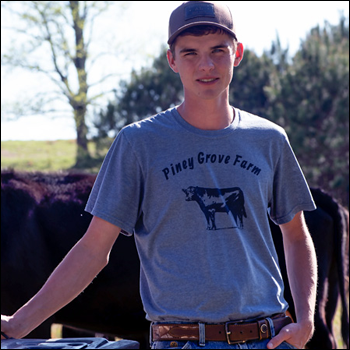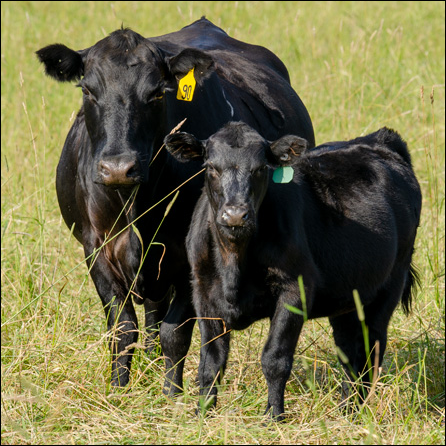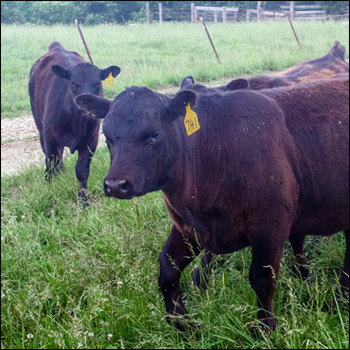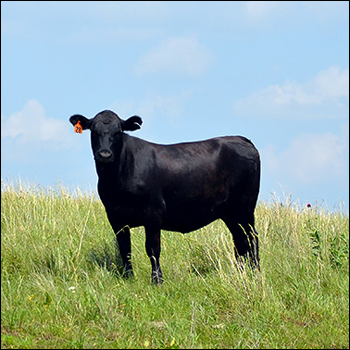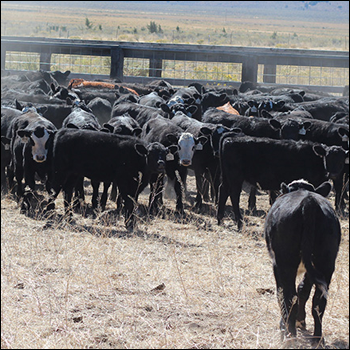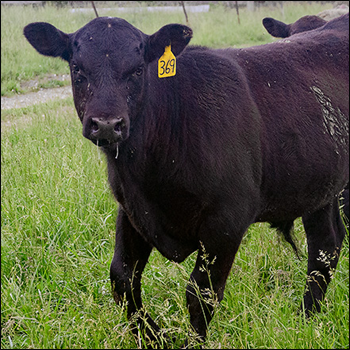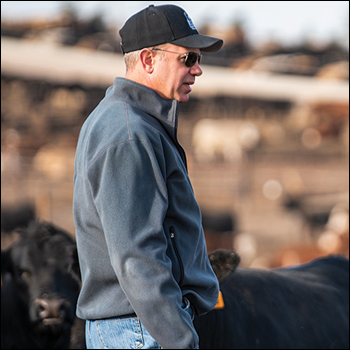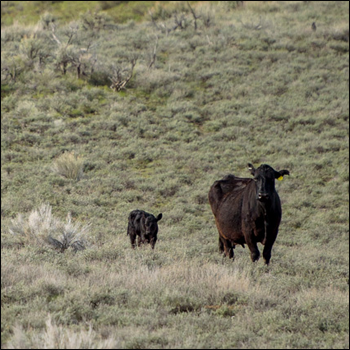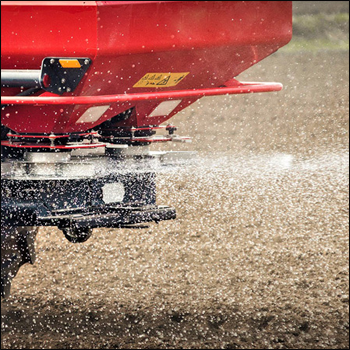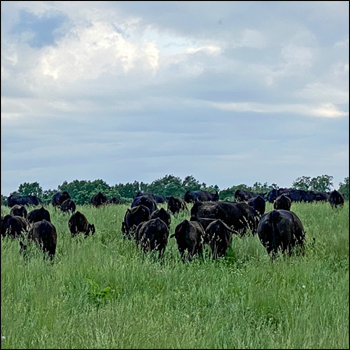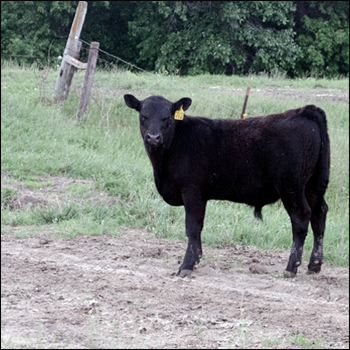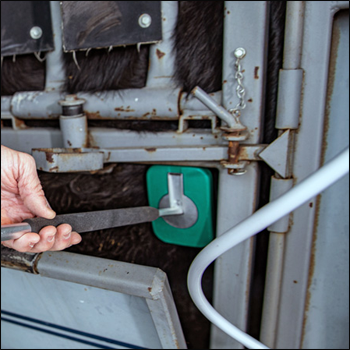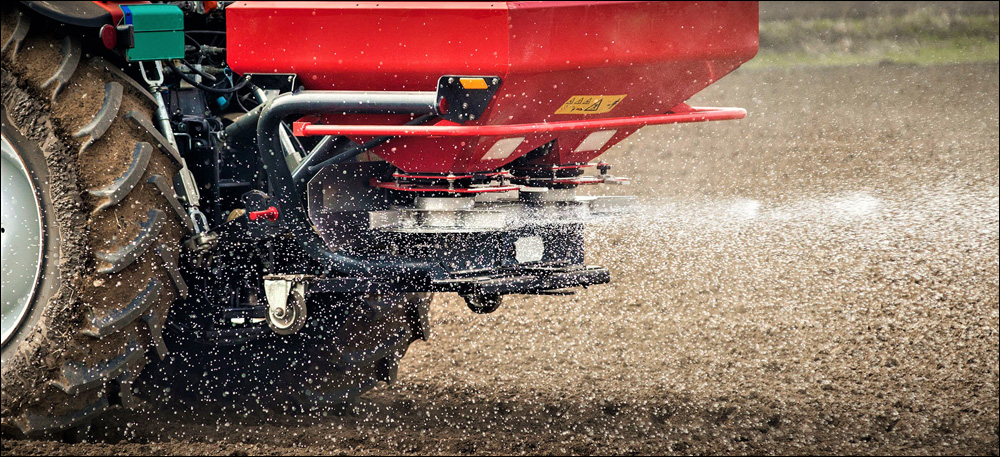
Effects of Higher Crop, Input Prices
Agricultural and Food Policy Center analysis reflective of 64 representative crop farms.
Whether you grow crops in addition to raising cattle or not, the prices of crops and their inputs directly affect your operation. So, what does that look like this year?
A report by the Agricultural and Food Policy Center (AFPC) at Texas A&M University titled “Economic Impact of Higher Crop and Input Prices on AFPC’s Representative Crop Farms” provides insights into the economic effects of higher crop and major input prices on the center’s 64 representative crop farms.
About the report
“This report is a follow-up to an AFPC briefing paper that analyzed the impact of higher fertilizer prices on the AFPC’s representative farms done at the request of U.S. Rep. Julia Letlow,” explained Bart Fischer, co-director of the AFPC in the Department of Agricultural Economics of the College of Agriculture and Life Sciences at Texas A&M, Bryan–College Station. “The current report analyzes the economic impacts of higher crop and major input prices on 64 representative crop farms throughout the U.S.”
The analysis was requested by Sen. John Boozman, a ranking member of the Senate Committee on Agriculture, Nutrition and Forestry.
“Input suppliers around the world are having a tough time meeting demand for most of the major crop inputs,” Joe Outlaw, AFPC co-director, says. “While there are many causes, the most cited revolve around the pandemic and the resulting supply chain and distribution problems that have persisted.”
He says in addition to supply chain and distribution issues, inputs such as fertilizer have also been hit with import duties by the U.S. International Trade Commission on phosphorus and urea ammonium nitrate solutions.
“These factors, along with the Russian invasion of Ukraine, with both countries being major fertilizer exporters, have further limited fertilizer availability and led to even higher prices,” Outlaw says. “The Russian invasion has also greatly reduced corn and wheat exports from Ukraine, which has led to higher crop prices around the world.”
While producers are unquestionably facing higher prices for inputs, Fischer says, it was less clear how those high input prices were translating into increases in the cost of production.
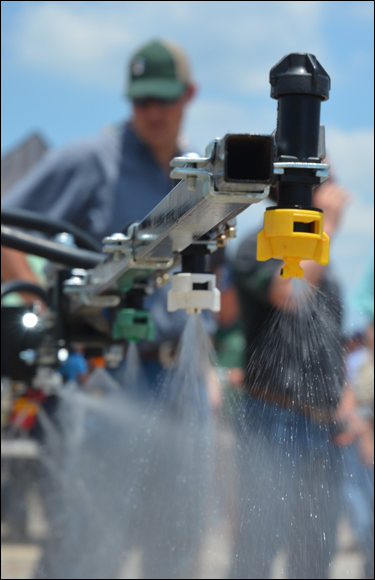 The increasing cost of chemical inputs is among the factors taking a toll on farmers’ operational budgets. |
“For example, some producers locked in input prices last year before the significant run-up in prices, and we expect that most producers will reduce input use in response to higher prices,” he says.
Feedback from producers
Matt Huie, a farmer and rancher from Beeville, Texas, says rising input costs have significantly affected operational expenses. In his farming operation, Huie plants about 50% cotton, 25% corn and 25% sorghum.
“The increase in fertilizer has been the most notable of input costs,” he says. “There have been several increases over the past year, and currently we’re paying more than double for it than at the same time last year.”
He says the cost of chemical inputs such as herbicides and insecticides has also risen and taken a chunk of his operational capital.
“Some of these products are four times as expensive as last year and, due to supply-chain issues, we’ve also had trouble just finding them,” Huie says.
As a result of higher input costs and drought, he says, his crop yields for both cotton and corn are expected to be down more than 50% from last year.
Although commodity prices have been higher, they have still not been high enough to compensate for all the increased input costs, Huie says.
“There are likely to be commodity price decreases in the not-too-distant future, but it’s probable that any reductions in input costs will be more gradual and will not be enough to offset those price reductions,” he says.
He estimates his operational costs will be close to $1 million more than last year due to input increases ranging from fertilizer to chemicals, fuel and other necessary supplies.
L.G. Raun, a third-generation rice farmer in El Campo, Texas, says he has read the AFPC report and concurs with the conclusions, particularly those regarding the effect of increased inputs on rice farmers.
“In addition to my fertilizer costs more than doubling, my energy costs have about doubled, and associated costs for machinery, parts and labor have gone up at least 20% from last year,” he says.
He noted the loss of revenue from rising costs will likely lead to a 38-year low in rice acres planted throughout the United States.
“In Texas, we planted about 186,000 acres of rice this year, but only expect to plant about 175,000 acres next year,” he says.
Raun notes that this reduction in acres planted will also negatively affect the suppliers, processors and others who service the rice industry. He also says as producers plant less rice, customers will need to seek out other suppliers to meet their needs.
“Once you’ve lost market share, it’s pretty hard to get it back,” he says.
Raun says his budget projections indicate his rice-farming operation will suffer a “six-digit loss” this year.
Further considerations
For context, Outlaw notes that net cash farm income in 2021 included a significant amount of ad hoc assistance.
“Absent another infusion of assistance in 2022, we estimate that significant increases in input prices will result in a huge decline in net cash farm income in 2022 compared to 2021,” he says.
Outlaw notes, however, that despite significant reductions in net cash income compared to 2021, high commodity prices will likely keep most of AFPC’s representative farms in the black.
“The noticeable outlier is rice, where two-thirds of the rice farms face losses in 2022,” he says.
Outlaw also notes much of the AFPC analysis hinges on producers being able to lock in high commodity prices at average yields.
“But with drought ravaging half of the country and many other areas facing excess moisture, this assumption may be overly optimistic,” he says. “This is perhaps the most important point to note because producers are beginning to plant a crop that will require them to put an enormous — indeed historic — amount of capital at risk.”
Analysis of the report
For this analysis, the AFPC sent each of the 489 representative farm panel members an email to solicit the amount spent per acre on inputs for the 2021 crop year and the amount they expect to spend this year. The percentage change for each category was calculated for each respondent.
“This analysis focuses on the change in net cash farm income for 2022 relative to 2021 to determine whether expected commodity price increases are likely to offset input cost increases as reported by the representative farm panelists,” Fischer says. “The ending cash balance on hand at the end of 2022 is also reported to indicate whether net farm income is high enough in 2022 to pay all other obligations, such as principal payments, family living expenses and taxes.”
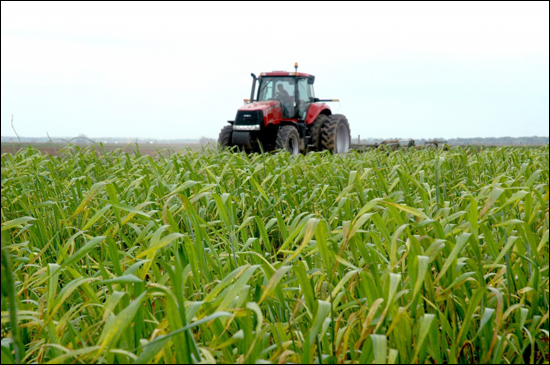 Increases in fertilizer costs are among the highest input cost increases noted by farmers. |
He says projections beyond this crop year for input costs were not possible due to the extreme volatility in input prices.
The 64 crop farms by type included 25 feed grain and oilseed farms, 11 wheat farms, 13 cotton farms and 15 rice farms. Report results showed:
- Net cash farm income on the representative feed grain and oilseed farms is projected to decline by an average of $534,000 from 2021 to 2022 across the 25 feed grain and oilseed farms.
- Representative wheat farms face an average reduction in net cash farm income of $399,000.
- Representative cotton farms face an average reduction in net cash farm income of $716,000.
- Rice farms face the largest reduction in net cash farm income per farm at $880,000 and a per acre reduction of $442.
The report was compiled by Outlaw and Fischer. Other department contributors included Henry Bryant, J. Marc Raulston, George Knapek, and Brian Herbst. The AFPC is part of Texas A&M AgriLife Research and the Texas A&M AgriLife Extension Service.
Editor’s note: Paul Schattenberg is a communications and media relations specialist with Texas A&M AgriLife Communications. Photos courtesy Texas A&M AgriLife.

Angus Proud
In this Angus Proud series, Editorial Intern Jessica Wesson provides insights into how producers across the country use Angus genetics in their respective environments.
 Angus Proud: Scott Sproul
Angus Proud: Scott Sproul
Oklahoma operation learned wisdom of moving calving season to better suit their marketing needs.
 Angus Proud: Bubba Crosby
Angus Proud: Bubba Crosby
Fall-calving Georgia herd uses quality and co-ops to market calves.
 Angus Proud: Jim Moore
Angus Proud: Jim Moore
Arkansas operation retains ownership through feeding and values carcass data.
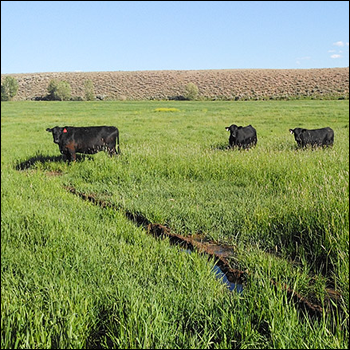 Angus Proud: Stephen Shiner
Angus Proud: Stephen Shiner
Idaho operation rotates pastures in summer and raises crops for winter.
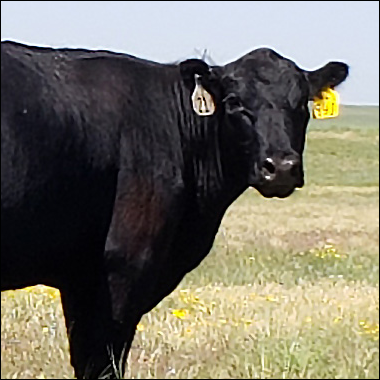 Angus Proud: Brian Nusbaum
Angus Proud: Brian Nusbaum
Angus cattle fit cattleman’s marketing goals and helped him set out on his own.
 Angus Proud: Les Shaw
Angus Proud: Les Shaw
South Dakota operation manages winter with preparation and bull selection.
 Angus Proud: Jeremy Stevens
Angus Proud: Jeremy Stevens
Nebraska operation is self-sufficient for feedstuffs despite sandy soil.
 Angus Proud: Dave Rutan
Angus Proud: Dave Rutan
Angus breeder gets the most out of his bull investment by partnering with opposite calving-season operation.
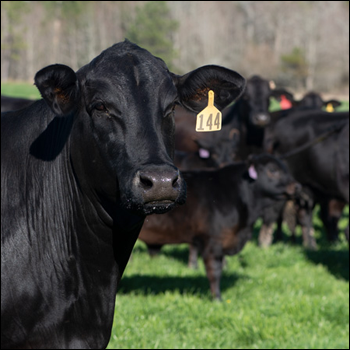 Angus Proud: Nickey Smith
Angus Proud: Nickey Smith
AngusLink helps Louisiana cattleman gain more for his calves.
